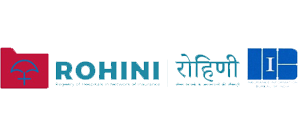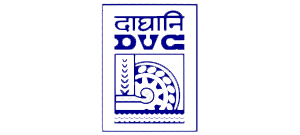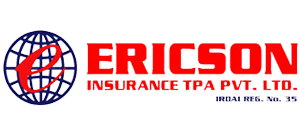DEXA SCAN

DEXA SCAN
DEXA scan, also known as Dual-Energy X-ray Absorptiometry, is a medical imaging test used to measure bone mineral density (BMD). It is a highly accurate and non-invasive method primarily utilized to diagnose and monitor osteoporosis and assess an individual’s risk for developing fractures. This scan is considered the gold standard for bone density measurement.
How DEXA Scan Works
Principle of Operation:
- DEXA uses two X-ray beams at different energy levels. When directed at the bones, these beams pass through the bone and soft tissue, allowing the machine to measure the absorption of each beam by the bone.
- The difference in absorption between the two beams is used to calculate bone density, providing a precise measurement of bone mineral content (BMC).
Procedure:
- Preparation: Minimal preparation is required. Patients are advised to avoid taking calcium supplements 24 hours before the scan.
- During the Scan: The patient lies on a padded table while a scanning arm passes over the body. The test typically focuses on the lower spine, hips, or forearm, which are common sites for osteoporosis-related fractures.
- Duration: The procedure is quick, usually taking about 10-20 minutes.
Applications of DEXA Scan
- Osteoporosis Diagnosis:
- The primary use of DEXA scans is to diagnose osteoporosis, a condition characterized by weak and brittle bones. The results help in determining the severity of bone loss.
- Fracture Risk Assessment:
- By measuring bone density, DEXA scans can predict the risk of future fractures, allowing for early intervention and preventive measures.
- Monitoring Treatment Efficacy:
- For patients undergoing treatment for osteoporosis or other bone diseases, DEXA scans are used to monitor the effectiveness of the therapy over time.
- Body Composition Analysis:
- Besides bone density, DEXA scans can also measure body fat and lean muscle mass, providing valuable information for overall health assessment.
Interpreting DEXA Scan Results
T-score:
- Definition: Compares the patient’s bone density to that of a healthy young adult of the same sex.
- Interpretation:
- Normal: T-score of -1.0 or above
- Osteopenia (low bone mass): T-score between -1.0 and -2.5
- Osteoporosis: T-score of -2.5 or below
Z-score:
- Definition: Compares the patient’s bone density to what is expected in someone of the same age, sex, and body size.
- Interpretation: A Z-score of -2.0 or lower may suggest an underlying condition contributing to bone loss other than aging.
Benefits of DEXA Scan
- Accuracy and Precision:
- DEXA scans provide highly accurate and reproducible measurements of bone mineral density, making them the standard for diagnosing osteoporosis.
- Non-Invasive and Quick:
- The procedure is painless, quick, and involves minimal exposure to radiation compared to other imaging tests.
- Comprehensive Data:
- In addition to bone density, DEXA scans offer insights into body composition, aiding in the assessment of overall health and fitness.
Conclusion
A DEXA scan is an essential diagnostic tool in the early detection and management of osteoporosis and other bone-related conditions. Its accuracy, efficiency, and non-invasive nature make it a preferred method for assessing bone health and fracture risk. Regular screening with DEXA can significantly contribute to the prevention and effective management of osteoporosis, enhancing the quality of life for individuals at risk.



Our associate TPA
Akriti Clinic offers seamless TPA facilities, ensuring hassle-free insurance claim processing. Patients benefit from efficient and streamlined services, making their healthcare experience more convenient.






